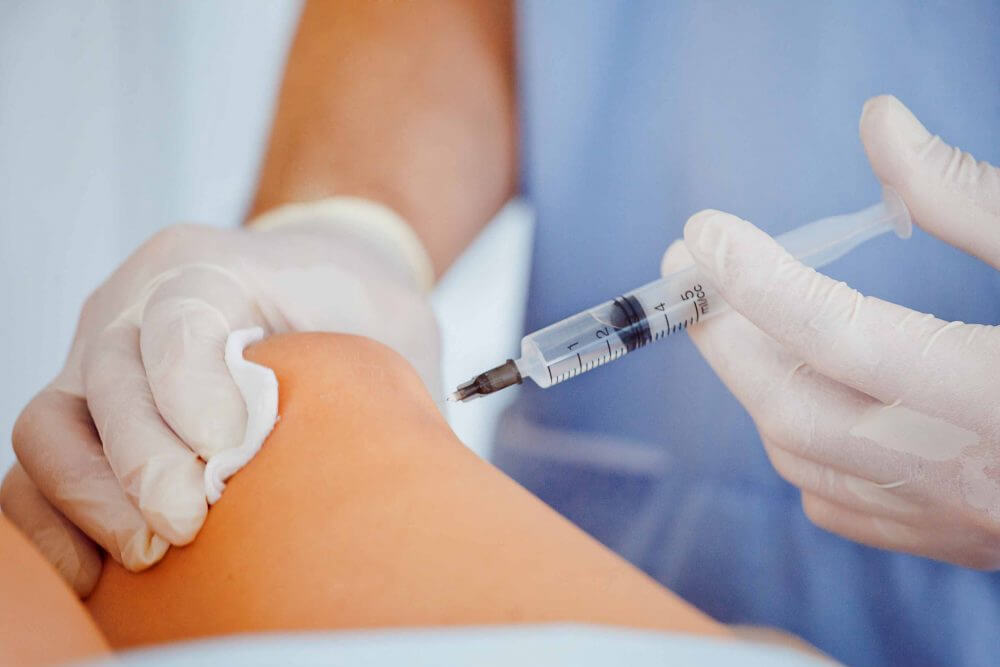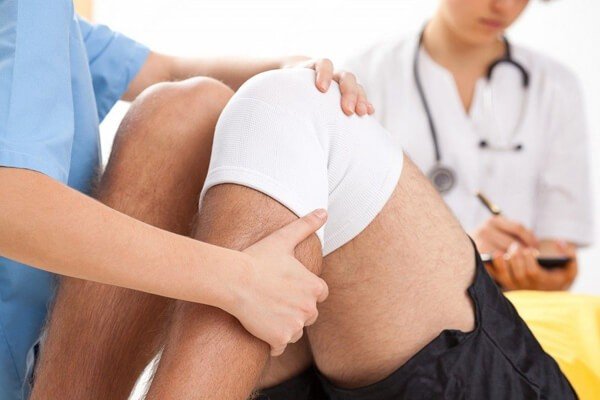New Hope for Patients with OD Arthritis – PRP for Joint Pain

By inserting L-PRP serum in the joint cavity after surgery for Osteochondritis Dissecans (OD), orthopedic surgeons were able to speed the healing of the cartilage and setting of the bone. At the end of 6 weeks of clinical trials, patients that received PRP for joint pain treatments reported lower pain levels and improved mobility.
Research has shown that arthritis has become the leading cause of disability in the US. The Arthritis Foundation reports that 50 million adults or close to 1 in 5 adults suffer from the condition. One of the major causes that has emerged in recent times is Osteochondritis Dissecans. And, PRP for joint pain may be able to help.

PRP for Joint Pain Can Be Used to Assist in Osteochondritis Dissecans Healing
Osteochondritis dissecans (OD) is a condition where a small section of the bone under the cartilage in the joint dies. This condition can occur because of inadequate blood supply to the area. Over time, it may loosen and break off. When this bone starts to float around in the cavity in the joint, patients sense pain and difficulty in movement. The OD fracture may also occur because of an injury or repetitive movements like when athletes perform during a sport.
OD is more prevalent in young kids and teenagers and symptoms may appear months after the injury first occurred. In some cases, the loosened fragment simply re-attaches firmly as the surrounding bone develops and grows. But, in older adults and athletes, the bone fragment may get lodged in the moving sections of the joint and cause severe pain.
As reported by the U.S. National Library of Medicine, doctors conducted clinical trials on a group of patients. The first group received recommendations of rest, restricted mobility, and the use of crutches to ease the weight on the affected knee after the surgery. The other group received PRP for joint pain treatments in addition to surgery and similar recommendations. Orthopedic surgeons placed L-PRF carefully in the cavity below the joint cap after re-attaching the bone.
As a result of PRP injections, the cartilage and bone healed faster with lower discomfort levels. At the end of 6 weeks, the patients that received PRP for joint pain treatment showed much better mobility and pain relief.
Doctors have proved that this method works by conducting MRI scans on the treatment site.